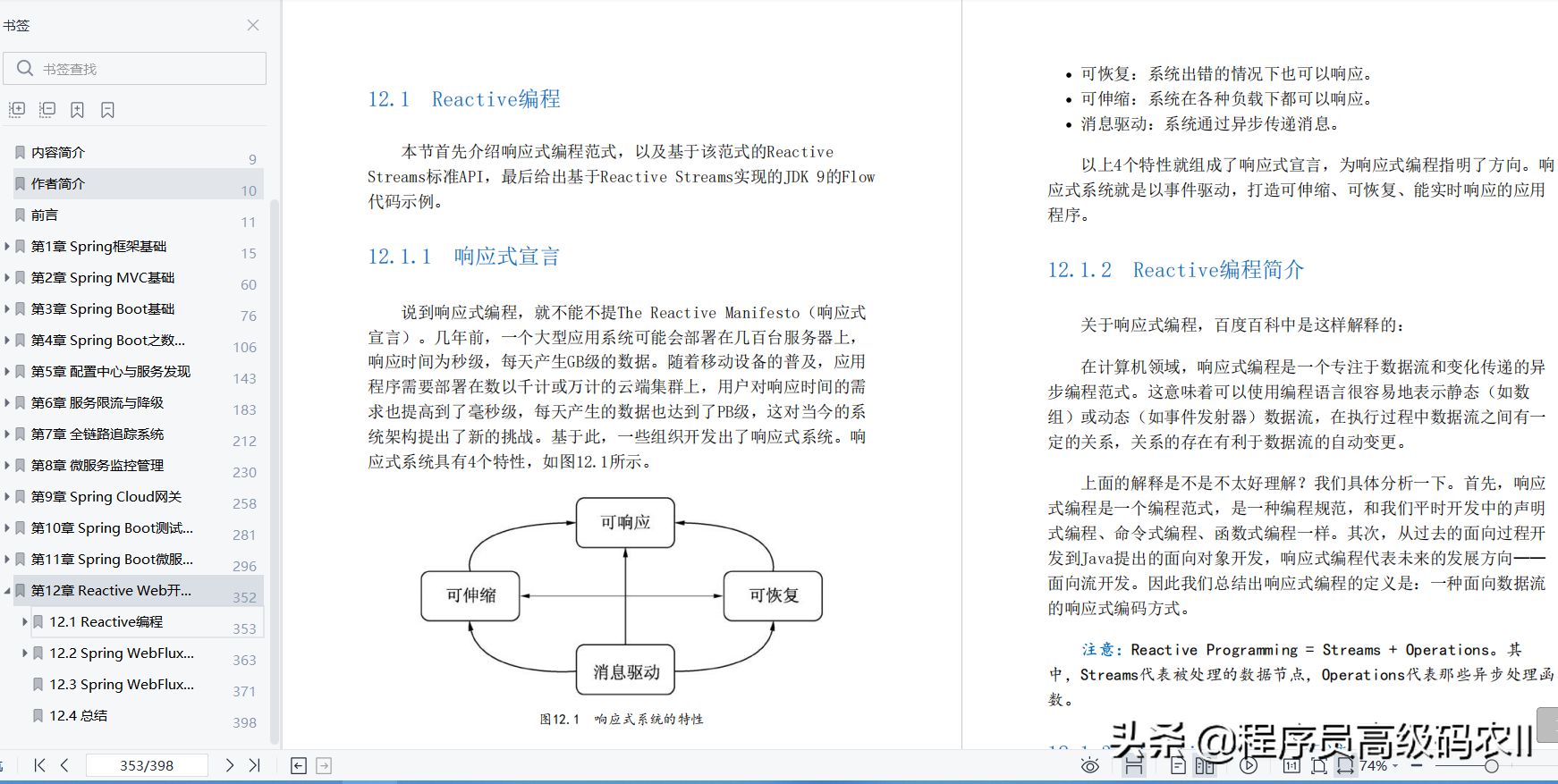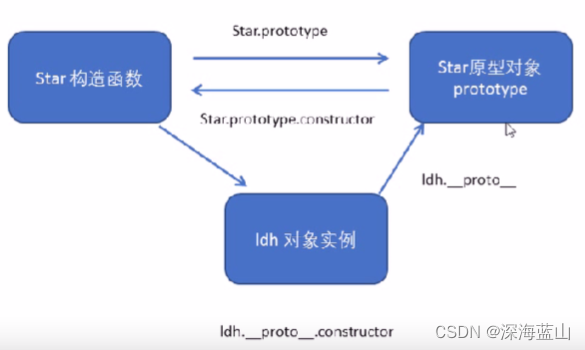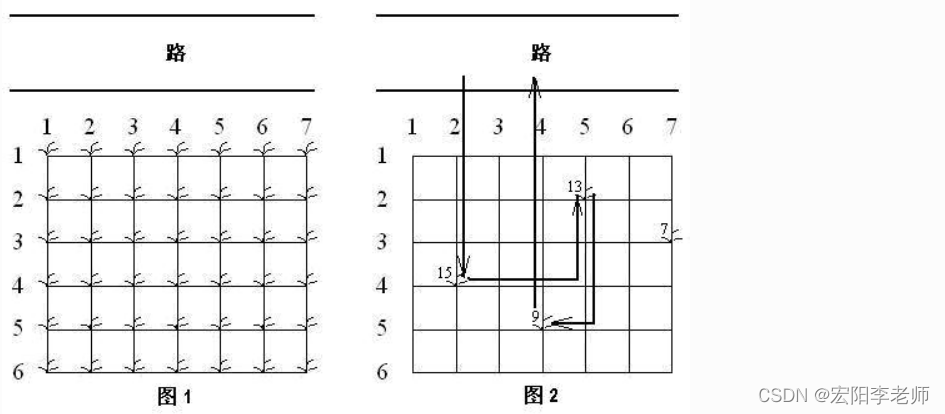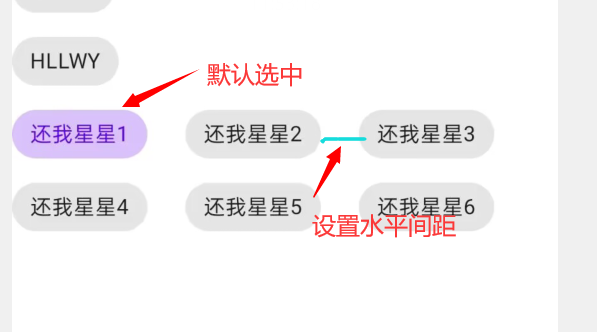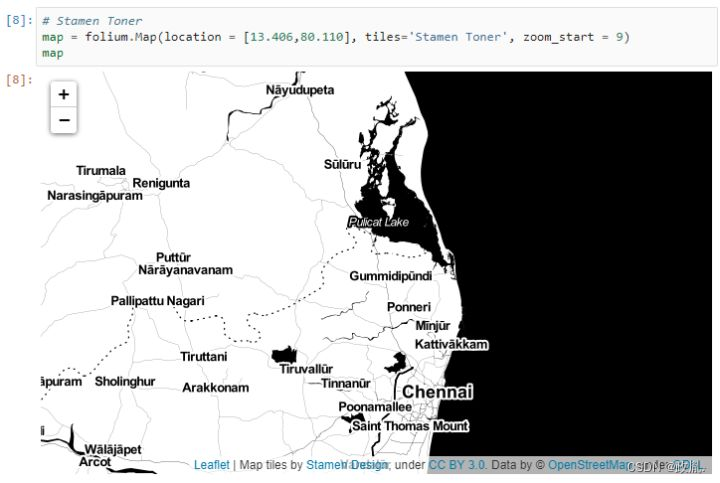101. Symmetric Tree
对称树
Given the root of a binary tree, check whether it is a mirror of itself (i.e., symmetric around its center).
Example 1:

Input: root = [1,2,2,3,4,4,3]
Output: true
Example 2:
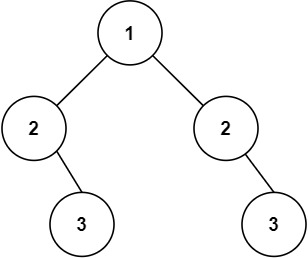
Input: root = [1,2,2,null,3,null,3]
Output: false
leetcode代码
/**
* Definition for a binary tree node.
* public class TreeNode {
* int val;
* TreeNode left;
* TreeNode right;
* TreeNode() {}
* TreeNode(int val) { this.val = val; }
* TreeNode(int val, TreeNode left, TreeNode right) {
* this.val = val;
* this.left = left;
* this.right = right;
* }
* }
*/
class Solution {
public boolean isSymmetric(TreeNode root) {
if (root == null) return true;
Stack<TreeNode> stack = new Stack<>();
stack.push(root.left);
stack.push(root.right);
while (!stack.empty()) {
TreeNode n1 = stack.pop(), n2 = stack.pop();
if (n1 == null && n2 == null) continue;
if (n1 == null || n2 == null || n1.val != n2.val) return false;
stack.push(n1.left);
stack.push(n2.right);
stack.push(n1.right);
stack.push(n2.left);
}
return true;
}
}
104. Maximum Depth of Binary Tree
二叉树的最大深度
Given the root of a binary tree, return its maximum depth.
A binary tree’s maximum depth is the number of nodes along the longest path from the root node down to the farthest leaf node.
Example 1:
[外链图片转存失败,源站可能有防盗链机制,建议将图片保存下来直接上传(img-ptCPzawy-1670866158609)(https://assets.leetcode.com/uploads/2020/11/26/tmp-tree.jpg)]
Input: root = [3,9,20,null,null,15,7]
Output: 3
Example 2:
Input: root = [1,null,2]
Output: 2
leetcode代码
/**
* Definition for a binary tree node.
* public class TreeNode {
* int val;
* TreeNode left;
* TreeNode right;
* TreeNode() {}
* TreeNode(int val) { this.val = val; }
* TreeNode(int val, TreeNode left, TreeNode right) {
* this.val = val;
* this.left = left;
* this.right = right;
* }
* }
*/
class Solution {
public int maxDepth(TreeNode root) {
if(root == null) return 0;
int left = maxDepth(root.left);
int right = maxDepth(root.right);
return Math.max(left, right) + 1;
}
}
108. Convert Sorted Array to Binary Search Tree
将排序数组转换为二叉搜索树
Given an integer array nums where the elements are sorted in ascending order, convert it to a height-balanced binary search tree.
A height-balanced binary tree is a binary tree in which the depth of the two subtrees of every node never differs by more than one.
Example 1:

Input: nums = [-10,-3,0,5,9]
Output: [0,-3,9,-10,null,5]
Explanation: [0,-10,5,null,-3,null,9] is also accepted:
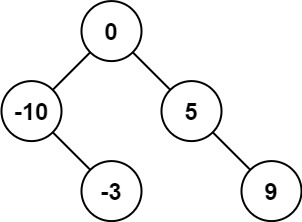
Example 2:

Input: nums = [1,3]
Output: [3,1]
Explanation: [1,null,3] and [3,1] are both height-balanced BSTs.
leetcode代码
/**
* Definition for a binary tree node.
* public class TreeNode {
* int val;
* TreeNode left;
* TreeNode right;
* TreeNode() {}
* TreeNode(int val) { this.val = val; }
* TreeNode(int val, TreeNode left, TreeNode right) {
* this.val = val;
* this.left = left;
* this.right = right;
* }
* }
*/
class Solution {
public TreeNode sortedArrayToBST(int[] num) {
if (num.length == 0) {
return null;
}
TreeNode head = helper(num, 0, num.length - 1);
return head;
}
public TreeNode helper(int[] num, int low, int high) {
if (low > high) { // Done
return null;
}
int mid = (low + high) / 2;
TreeNode node = new TreeNode(num[mid]);
node.left = helper(num, low, mid - 1);
node.right = helper(num, mid + 1, high);
return node;
}
}
110. Balanced Binary Tree
平衡二叉树
Given a binary tree, determine if it is height-balanced.
For this problem, a height-balanced binary tree is defined as:
a binary tree in which the left and right subtrees of every node differ in height by no more than 1.
Example 1:
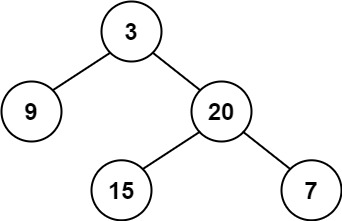
Input: root = [3,9,20,null,null,15,7]
Output: true
Example 2:
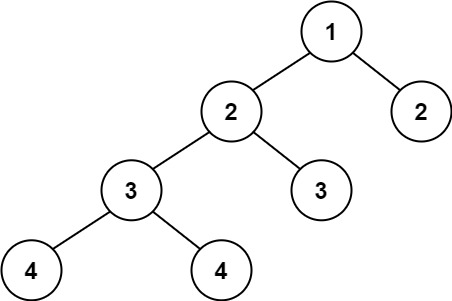
Input: root = [1,2,2,3,3,null,null,4,4]
Output: false
Example 3:
Input: root = []
Output: true
leetcode代码
/**
* Definition for a binary tree node.
* public class TreeNode {
* int val;
* TreeNode left;
* TreeNode right;
* TreeNode() {}
* TreeNode(int val) { this.val = val; }
* TreeNode(int val, TreeNode left, TreeNode right) {
* this.val = val;
* this.left = left;
* this.right = right;
* }
* }
*/
class Solution {
public boolean isBalanced(TreeNode root) {
if(root==null) return true;
Stack<TreeNode> stack = new Stack<TreeNode>();
Map<TreeNode, Integer> map = new HashMap<TreeNode, Integer>();
stack.push(root);
while(!stack.isEmpty()){
TreeNode node = stack.pop();
if((node.left==null || node.left!=null && map.containsKey(node.left)) &&(node.right==null || node.right!=null && map.containsKey(node.right))){
int left = node.left==null?0:map.get(node.left);
int right = node.right==null?0:map.get(node.right);
if(Math.abs(left-right) > 1) return false;
map.put(node, Math.max(left, right)+1);
}else{
if(node.left!=null && !map.containsKey(node.left)){
stack.push(node);
stack.push(node.left);
}else{
stack.push(node);
stack.push(node.right);
}
}
}
return true;
}
}
111. Minimum Depth of Binary Tree
二叉树的最小深度
Given a binary tree, find its minimum depth.
The minimum depth is the number of nodes along the shortest path from the root node down to the nearest leaf node.
Note: A leaf is a node with no children.
Example 1:
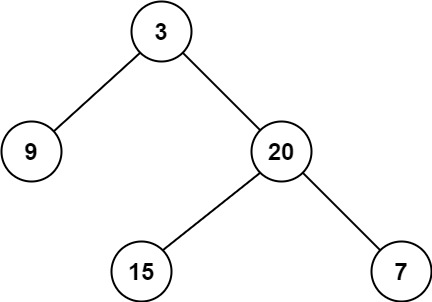
Input: root = [3,9,20,null,null,15,7]
Output: 2
Example 2:
Input: root = [2,null,3,null,4,null,5,null,6]
Output: 5
leetcode代码
/**
* Definition for a binary tree node.
* public class TreeNode {
* int val;
* TreeNode left;
* TreeNode right;
* TreeNode() {}
* TreeNode(int val) { this.val = val; }
* TreeNode(int val, TreeNode left, TreeNode right) {
* this.val = val;
* this.left = left;
* this.right = right;
* }
* }
*/
class Solution {
public int minDepth(TreeNode root) {
if(root == null) return 0;
int left = minDepth(root.left);
int right = minDepth(root.right);
return (left == 0 || right == 0) ? left + right + 1: Math.min(left,right) + 1;
}
}

